iPads 2025 buying guide: choose the best iPad for you

Early last year, Apple refreshed the iPad line with two (or four, more accurately) new tablets. The iPad Pro line got the M4 chip — the first time the M4 was put in an Apple device, as back then, MacBooks, iMacs, and other Apple computers still had the M3. The iPad Air got updated to an M2, but in early 2025 got the M3 instead. Both models — Pros and Airs — come in 11" and 13" variations. They are quite powerful, the Pros even being overkill, and one might wonder: shouldn't I just get an Air?
The question becomes more complicated when you consider that even 2021 or 2022 models still hold out quite well. iPads are among the best tablets out there, thanks to hardware headroom that allows them to tick for years on end. Video editors, music production apps, drawing tools, and great games are all in the mix — Android is catching up, thanks to Samsung's efforts with the Galaxy Tab S line, but M-class chips are pretty hard to beat.
So, if you look at the marketing materials, features, the specs, or what each iPad can run in terms of software — it may be a bit confusing. All of them seem like they can do the same stuff, some are just... fancier? Why buy an iPad Pro if the base iPad runs the same software? That's why we compiled this list of "best iPads to buy", which kind of sifts through the line and comes up with each notable product — together with the reasons on why you should be looking at that one.
All current iPad models compared:
| iPad Pro 2024 | iPad Air 2025 | iPad mini 2024 | iPad 11th Gen 2025 |
|---|---|---|---|
| Prices: from $1,000 for 11-inch from $1,300 for 13-inch | Prices: from $600 for 11-inch from $800 for 13-inch | Prices: from $500 for 128GB | Prices: from $350 for 128GB |
| Processor: M4 | Processor: M3 | Processor: A17 Pro | Processor: A16 |
| Thickness: 5.1mm for 13-inch 5.3mm for 11-inch | Thickness: 6.1mm for both sizes | Thickness: 6.3mm | Thickness: 7.0mm |
| Screen: 13-inch OLED or 11-inch OLED | Screen: 13-inch LCD or 11-inch LCD | Screen: 8.3-inch LCD | Screen: 10.9-inch LCD |
| 120Hz Promotion | 60Hz | 60Hz | 60Hz |
| NanoTexture option | - | - | - |
| Max brightness: 1,000 nits | Max brightness: 500 nits 600 nits | Max brightness: 500 nits | Max brightness: 500 nits |
| Biometrics: Face ID | Biometrics: Touch ID | Biometrics: Touch ID | Biometrics: Touch ID |
| Speakers: Four speakers | Speakers: Two speakers | Speakers: Two speakers | Speakers: Two speakers |
Recommendations:
- iPad Pro M4 (2024) — the newest, most powerful tablet around
- iPad Air M3 (2025) — best balance between price, performance, and features
- iPad Pro M2 (2022) — most power headroom, access to 12.9-inch size, best features
- iPad A16 (2022)— base iPad, still a pretty good tablet for a reasonable price
- iPad mini A17 (2024) — not a good price/value ratio, but your only choice if you are looking for a small iPad
iPad Pro M4 (2024)
The new iPad Pro was quite a shock — mostly because it debuts the next-gen M4 chip inside it. The M3 is not even a year old and was installed in MacBooks released in late 2023. Now, a faster version of the 3 nm processor is available — and it's currently only found in Apple's newest tablets!
Not only that, but a slight redesign makes the new iPad Pros impossibly thin — 5.3 mm for the 11-inch model, 5.1 mm for the 13-inch model. The selfie camera has been moved to the top landscape bezel, for less awkward video calling experience. And there's a new Magic Keyboard (sold separately), which adds a function key row, bigger trackpad, and aluminum armrest area.
By all accounts, these tablets are the most powerful ones you can buy right now. An argument can be made that iPadOS barely uses all that power — the operating system has seen a lot of enhancements over the last few years, but it's still a bit averse to true multi-tasking and its file system can be a pain to deal with. However, with that M4 chip inside, you will be rendering videos, photo edits, and audio blazing fast. And you will have tons of headroom for the years to come.
The M4 also facilitates higher-quality gaming on the iPad, as it supports ray tracing, mesh shading, and dynamic caching. These are gaming PC grade features and opens the door for more console or PC ports to come to the tablet with ful GFX support.
The bigger iPad Pro's redesign has made its screen grow — now a round 13-inch diagonal. This one has ditched the Mini LED tech of before. Both the iPad Pro M4 11" and iPad Pro M4 13" now come with a new Tandem OLED screen — two layers of OLED for a more accurate color reproduction and more brightness all across. The iPad Pros now hit 1,000 nits max brightness and 1,600 peak brightness for HDR.
Additional premium features include the Thunderbot USB C port on the bottom and quad speaker setup for full stereo. These tablets are specced to the brim.
They are quite costly, starting at $999 for the 256 GB iPad Pro M4 11". You can take those storage options up to 512 GB, 1 TB, and 2 TB. The latter two tiers can also come with a nano-etched screen for anti-glare effect, which is another $100 upgrade.
Our recommendation: if you are one who needs to have the latest-and-greatest in mobile tech, it would be hard to dissuade you from the new iPad Pro M4. We like the 11-inch form factor, as it's more compact, easier to prop up anywhere, and use any time throughout the day. The 13-incher offers a ton of screen real estate, but due to its size — you will be using it more as a stationary machine or laptop. As we understand it, though — there's a good number of people that prefer the bigger screen, we just thought it pertinent to mention that it's not super portable.
iPad Air M3 (2025)
Unfortunately, it doesn't have a high refresh rate screen — while pretty and sharp, the iPad Air M3's display is still a 60 Hz LCD panel. Also, the USB C port on the bottom is limited to USB 3 speeds — pretty fast, but not Thunderbolt fast (10 Gbps vs 40 Gbps).
Those features aside — the iPad Air M3 has two speakers in landscape setereo and also has had its webcam move to the top landscape bezel. It supports the old Magic Keyboard accessory (no function row, sorry), and the new Apple Pencil Pro. Also, it comes in a bigger size!
The 13-inch iPad Air is here to satisfy your craving for a large-screened tablet without that iPad Pro price on it. They start at $799 for 128 GB, and the 11-incher is $599 for 128 GB. Of course, accessories are extra as nothing else is in the box.
What's cool about the M3 chip is that it has hardware-accelerated ray tracing, so the iPad Air is now that much closer to the Pro. Tell me again, why did we need a Pro?
Our recommendation: for $600, you get the Apple iPad Air M2 (2024) with 128 GB of storage. That's not too bad, however, right now, retailers still have old stock of the iPad Pro M2 (2022). These also come with 128 GB of storage at the base tier, but also have 120 Hz screens, quad speakers, and Thunderbolt ports. While supplies last, the old iPad Pros will be hands down the better deal. In a few months, however, the iPad Air M2 will be your only choice in that particular mid-price class. The only thing that's unique about the iPad Air (2024) is the Apple Pencil Pro support.
Read more: iPad Air (M3) vs iPad Pro (M4): differences explained
The iPad Pro line from 2022 has the M2 chip, the hover feature for the Apple Pencil gen 2, support for Magic Keyboard, Stage Manager, a Thunderbolt port, quad speakers and 120 Hz screens. These are great tablets — take it from an author that's actually still rocking the iPad Pro M1 (2021) on a daily basis.
When paired with a Magic Keyboard, these veer towards the realm of laptop replacement, especially the big iPad Pro 12.9". Though, we are quite partial to using the smaller one for its portability, and plugging it into an external monitor when we want a desktop environment to work in.
Our recommendation: as we mentioned above, if you can find one of those old Pros instead of a new iPad Air — it's definitely a better deal. Even the base 128 GB storage tier will serve most people nicely, plus you get ultra-fast Thunderbolt speeds with the USB C port here. If you are looking to do video or audio work on an iPad, maybe more storage is the better choice.
Read more:iPad Pro 11" (2022) review
The 11th gen iPad is now the cheapest Apple tablet you can buy directly from Apple. It has been updated to have the A16 chip from the iPhone 14 Pro, but there's a caveat. It has one less CPU and one less GPU core — that's 5 CPU and 4 GPU cores... for some reason.
iPad Pro (2022)
The iPad Pro line from 2022 has the M2 chip, the hover feature for the Apple Pencil gen 2, support for Magic Keyboard, Stage Manager, a Thunderbolt port, quad speakers and 120 Hz screens. These are great tablets — take it from an author that's actually still rocking the iPad Pro M1 (2021) on a daily basis.
When paired with a Magic Keyboard, these veer towards the realm of laptop replacement, especially the big iPad Pro 12.9". Though, we are quite partial to using the smaller one for its portability, and plugging it into an external monitor when we want a desktop environment to work in.
Our recommendation: as we mentioned above, if you can find one of those old Pros instead of a new iPad Air — it's definitely a better deal. Even the base 128 GB storage tier will serve most people nicely, plus you get ultra-fast Thunderbolt speeds with the USB C port here. If you are looking to do video or audio work on an iPad, maybe more storage is the better choice.
iPad 11 (2025)
The 11th gen iPad is now the cheapest Apple tablet you can buy directly from Apple. It has been updated to have the A16 chip from the iPhone 14 Pro, but there's a caveat. It has one less CPU and one less GPU core — that's 5 CPU and 4 GPU cores... for some reason.
It supports the base version Apple Pencil USB-C and even the Apple Pencil Gen 1 and the base level Magic Keyboard Folio, not to be confused with the fancier Magic Keyboard models for the iPad Air and iPad Pro.
These iPads have a USB C port on the bottom, but it's limited to USB 2 speeds. Their 60 Hz screens are not laminated and you can clearly see the panel is at a distance from the glass, with a "sunken in" effect. But they do have dual speakers in landscape stereo, and the selfie cam on the landscape top bezel. Furthermore, they don't support Apple Intelligence, in case that means anything to you.
They are not "premium" and don't support advanced workflow features like Stage Manager. But, as a tablet, basic Internet or multimedia machine, or for drawing — they work quite well. For $350, they are quite good, actually.
Our recommendation: For $349, this model comes with 128 GB of base storage, which is pretty OK in 2025. If you feel like you need more, it'll be $449 for the 256 GB model. We wouldn't suggest spending $449 on a base level iPad, though. The next step is iPad Air M3 11" for $599, but that again sets you back to 128 GB. Still, we'd recommend going for that one, and plan to do some storage housekeeping on the regular, if money is tight.
Read more:Apple iPad (2022) review
The iPad mini was updated in late 2024 with an A17 Pro chip so it would support Apple Intelligence. Interesting move by Apple — are there many people out there looking for a mini iPad?
The iPad mini has some quirks — like a very noticeable "jello" effect when scrolling the screen. It's obviously going to remain this way, too, as Apple's response to complaints was basically "Well, that's what LCD screens do". But, if you can get past that, it's a perfectly good tablet for reading, surfing, and maybe even binging YouTube.
It is not the most basic iPad you can buy. It’s powered by the Apple A17 pro chip, which is quite overkill and has plenty of overhead for the coming years. We assume the iPad mini will be getting a lot more iPadOS updates. However, don't even hope for Stage Manager or a desktop environment on an external monitor. The iPad mini can still connect to a big display, but you just get screen mirroring, not the work environment that the iPad Pros and iPad Airs get.
The mini is not the cheapest iPad you can buy, but it is the cheapest iPad with Apple Intelligence, so take that for what you will. It's a very specific product for a very specific customer. If you want that Kindle form factor, but require it to be more powerful and be capable of more — that's an iPad mini. If you want a cheap iPad, look at the new A16 model. If you want a more capable iPad, look at an iPad Air M3 or iPad Pro M4. In no case is the mini a solution to a budget problem — it's here for those that want a small tablet.
Our recommendation: Starting at $499 for the 128 GB Wi-Fi only model, this tablet is not meant for those looking for a bang-for-buck deal. If you want a good iPad experience for a bargain — go back to the base iPad A16. The mini is meant for a specific type of customer that wants that small device — maybe fans that are looking for a backup iPad for situations where the Pro is just too big.
Read more:Apple iPad mini (A17 Pro) review
The iPad Air branding has shifted meaning throughout the years. The original iPad Airs were named after their incredibly thin bodies, and back in 2014, they were the de-facto flagships of the Apple iPad line.
Nowadays, the Apple iPad Air is the connecting link between your base level iPads and the high-end Pro tablets. The Air moniker basically denotes nothing, as their size, thickness, and weight is near identical to its siblings'.
The current iPad Air M3 is a fantastic buy — they are powered by the Apple M3 which allows them access to Stage Manager and Center Stage, they support the second generation Apple Pencil, and an upgraded Magic Keyboard with a function key row. It's not metal, like for the Pros, but it feels great and works great.
Size: even if money is no issue, the large iPad Pro 13" is not for everybody. It's large and hefty, and weighs as much as a laptop when attached to Apple's smart keyboard. On the other end of the spectrum — the iPad mini is extremely portable but will often feel far too small for most users. The good news is that the rest of the iPads come in a more-or-less-standard size — yes, the iPad 11th gen has an 10.9-inch screen and the base iPad Pro has an 11-inch screen, but due to different bezel thicknesses, these tablets are of similar size.
Our recommendation: For $349, this model comes with 128 GB of base storage, which is pretty OK in 2025. If you feel like you need more, it'll be $449 for the 256 GB model. We wouldn't suggest spending $449 on a base level iPad, though. The next step is iPad Air M3 11" for $599, but that again sets you back to 128 GB. Still, we'd recommend going for that one, and plan to do some storage housekeeping on the regular, if money is tight.
iPad mini (2024)
The iPad mini was updated in late 2024 with an A17 Pro chip so it would support Apple Intelligence. Interesting move by Apple — are there many people out there looking for a mini iPad?
The iPad mini has some quirks — like a very noticeable "jello" effect when scrolling the screen. It's obviously going to remain this way, too, as Apple's response to complaints was basically "Well, that's what LCD screens do". But, if you can get past that, it's a perfectly good tablet for reading, surfing, and maybe even binging YouTube.
It is not the most basic iPad you can buy. It’s powered by the Apple A17 pro chip, which is quite overkill and has plenty of overhead for the coming years. We assume the iPad mini will be getting a lot more iPadOS updates. However, don't even hope for Stage Manager or a desktop environment on an external monitor. The iPad mini can still connect to a big display, but you just get screen mirroring, not the work environment that the iPad Pros and iPad Airs get.
The mini is not the cheapest iPad you can buy, but it is the cheapest iPad with Apple Intelligence, so take that for what you will. It's a very specific product for a very specific customer. If you want that Kindle form factor, but require it to be more powerful and be capable of more — that's an iPad mini. If you want a cheap iPad, look at the new A16 model. If you want a more capable iPad, look at an iPad Air M3 or iPad Pro M4. In no case is the mini a solution to a budget problem — it's here for those that want a small tablet.
Read more:Apple iPad mini (A17 Pro) review
What's the difference between an iPad and an iPad Air?
The iPad Air branding has shifted meaning throughout the years. The original iPad Airs were named after their incredibly thin bodies, and back in 2014, they were the de-facto flagships of the Apple iPad line.
Nowadays, the Apple iPad Air is the connecting link between your base level iPads and the high-end Pro tablets. The Air moniker basically denotes nothing, as their size, thickness, and weight is near identical to its siblings'.
The current iPad Air M3 is a fantastic buy — they are powered by the Apple M3 which allows them access to Stage Manager and Center Stage, they support the second generation Apple Pencil, and an upgraded Magic Keyboard with a function key row. It's not metal, like for the Pros, but it feels great and works great.
What should you consider before picking the perfect iPad for you?
Size: even if money is no issue, the large iPad Pro 13" is not for everybody. It's large and hefty, and weighs as much as a laptop when attached to Apple's smart keyboard. On the other end of the spectrum — the iPad mini is extremely portable but will often feel far too small for most users. The good news is that the rest of the iPads come in a more-or-less-standard size — yes, the iPad 11th gen has an 10.9-inch screen and the base iPad Pro has an 11-inch screen, but due to different bezel thicknesses, these tablets are of similar size.
- Purpose: think about what you will be using the iPad for. Binging Apple TV+ or gaming will be better on the standard sizes, whereas reading ebooks and browsing the daily news will feel great on the small iPad mini. Video, photo, or even audio editing will feel best on the large iPad Pro 13", especially paired with a precise Apple Pencil, but if you want to do these things on the go — the iPad Pro 11" will give you the balance between power and portability.
- Storage: iPads come in different storage capacities, with options ranging from 128 GB to 1 TB. Generally, we find 128 GB to be quite enough for the typical heavy user, but if your work involves large video and audio files, you will want to make the jump to at least 256 GB.
- Display: The iPad Pro models have a high resolution, high refresh rate display and ProMotion technology for smooth scrolling. The 13-inch model is the only iPad to have the mini LED screen, so if you want the absolute best iPad display, that's the one to look at.
- Processor: If you want to make use of the Stage Manager multitasking and have a desktop environment on an external monitor, you need a higher-end iPad with an Apple M processor. The only exception here are iPad Pro 2020 models, which have the A12Z.
- Price: The basic iPad has an MSRP of $349, but often drops to $299. It's good money for a pretty good tablet. But if you want pro features on a budget — the iPad Air M3 is your best bet. Obviously, the iPad Pro line is more of a "money is no issue" solution.
- Operating system: Apple is known to keep updating its mobile devices for about 5 years post release. So, if you are shopping second-hand or new-old-stock, make sure you check what year the model was released in. If it has about two years of expected support left — it's still an OK buy. Anything less than that is a questionable investment.
- Battery life: All iPads aim for about 10 hours of screen-on time with mixed usage. Even the Apple iPad mini can last quite a bit on a single charge, so we'd say battery life isn't a huge concern when picking an iPad.
- Connectivity: Typically, base iPad models come with Wi-Fi only. That's Wi-Fi 6 on iPad Pro, iPad Air, and iPad A16. If you see yourself using the tablet on the go a lot, and hotspotting your phone sounds like an inconvenience, then look for the cellular models. Though, they add $100+ to the price tag, so we have to ask again — is a hotspot from your phone that much of a headache?
Use PhoneArena's tool for tablet specs comparison.
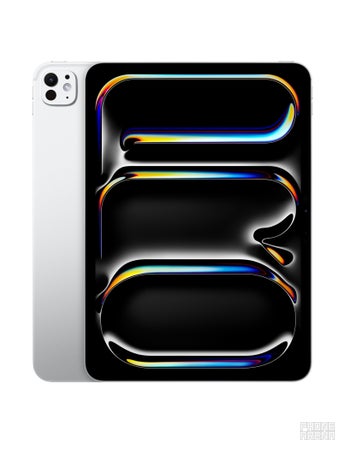
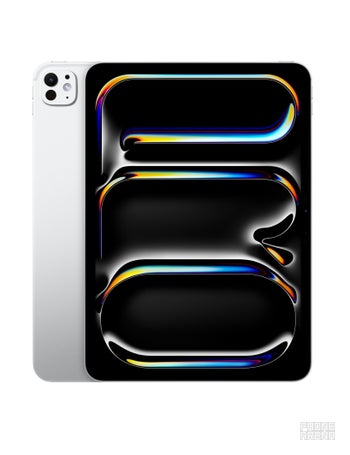
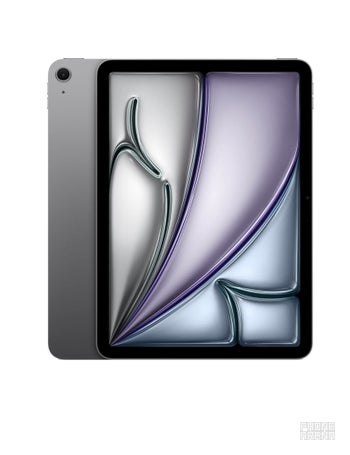
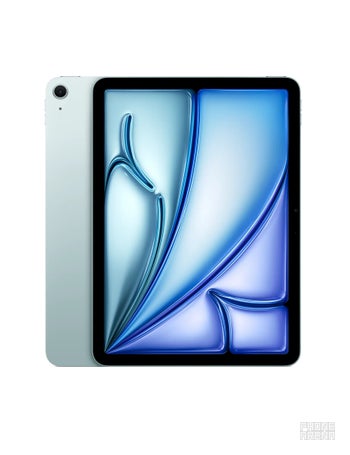
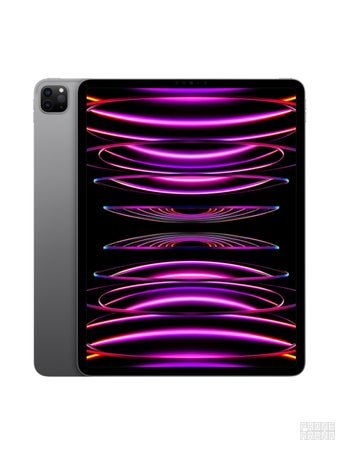
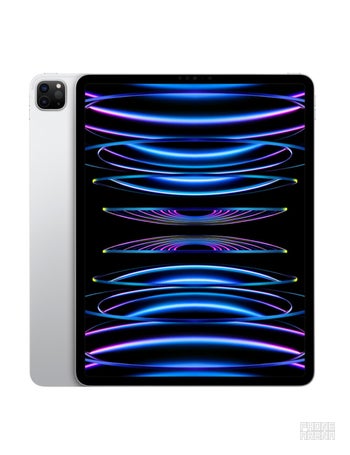
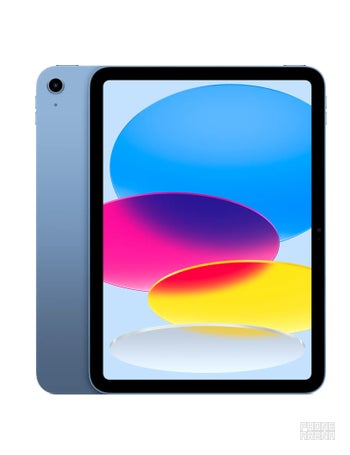
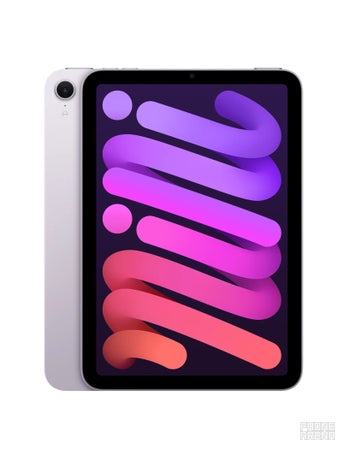

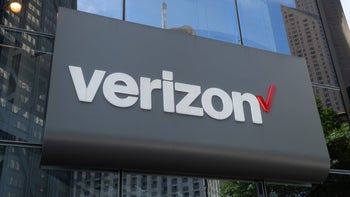

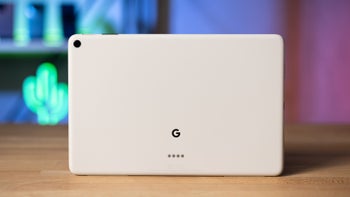
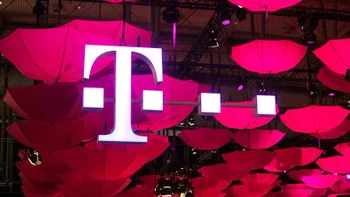
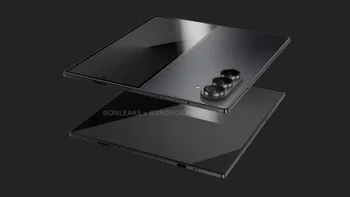
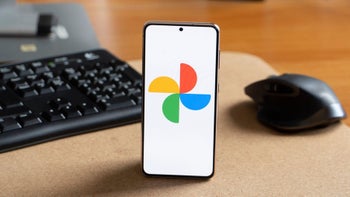

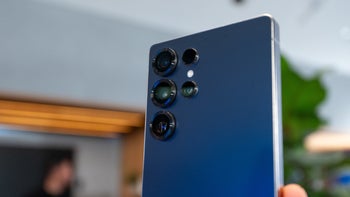
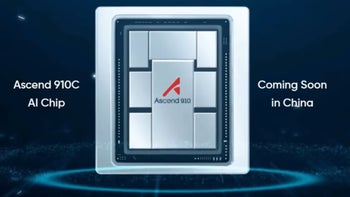
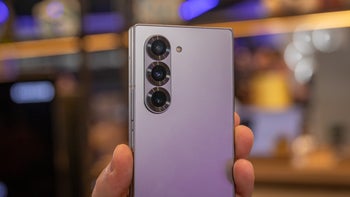
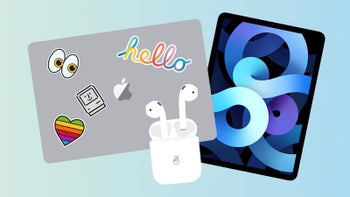
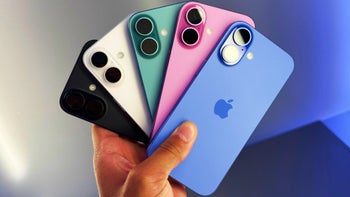
Things that are NOT allowed: